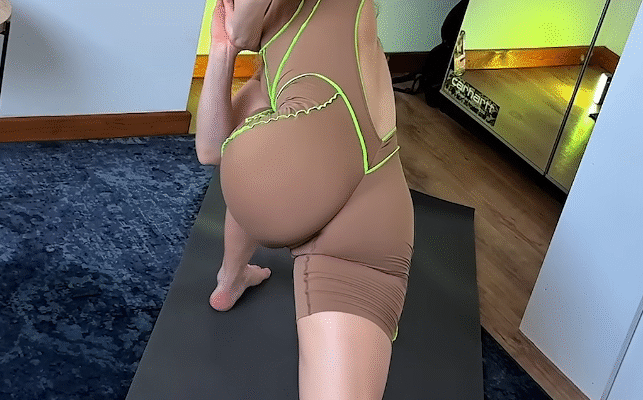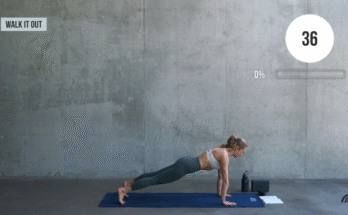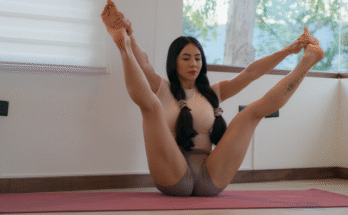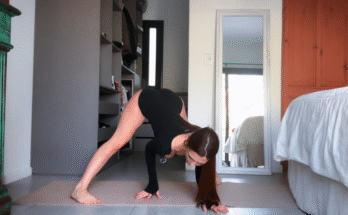In today’s fast-paced, desk-bound world, many of us spend hours hunched over a computer screen. While we may be mentally active, our bodies are often stagnant—shoulders tense, hips tight, and backs sore. Over time, poor posture and prolonged sitting can take a serious toll on your body. The good news? You don’t need a gym or yoga studio to fight back. With just a few minutes and a little space, you can perform simple stretches right at your desk to increase flexibility, reduce tension, and boost overall wellness.
Below, we’ll walk you through a selection of desk-friendly stretches that target key areas like the neck, shoulders, back, hips, and wrists. These movements are subtle enough for the office but effective enough to make a difference in your day. Ready to stretch your way to better health? Let’s dive in.
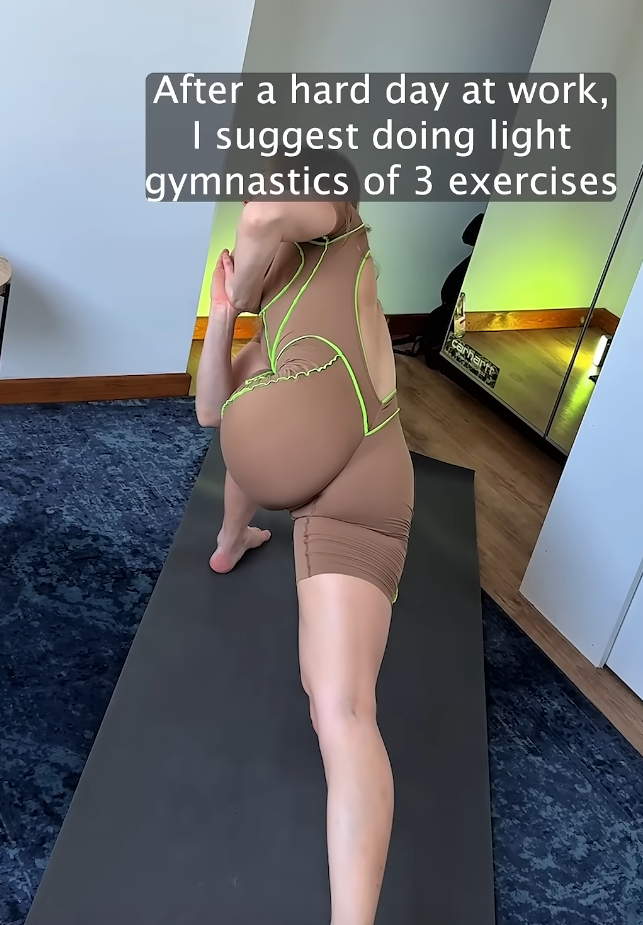
1. Neck Rolls
Why it helps: Prolonged screen time often leads to a stiff neck. Neck rolls help relieve tension and improve blood circulation in the cervical spine.
How to do it:
- Sit upright with your feet flat on the floor.
- Drop your right ear toward your right shoulder.
- Slowly roll your head forward, then to the left, creating a gentle circular motion.
- Complete 3–5 slow rolls in each direction.
Tip: Avoid rolling your head all the way back; keep the motion forward and gentle.
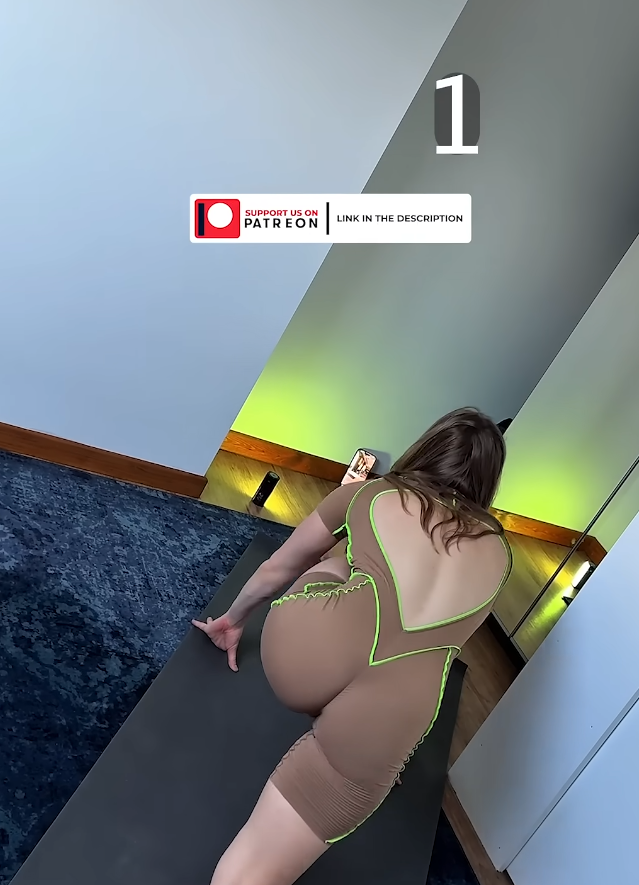
2. Shoulder Shrugs and Rolls
Why it helps: Sitting causes shoulders to round forward. Shoulder rolls open the chest and release tension in the upper back and traps.
How to do it:
- Inhale and lift your shoulders toward your ears.
- Exhale and roll them back and down.
- Repeat 10 times, then reverse the direction (forward rolls).
Optional: Hold a shrug at the top for a few seconds to intensify the stretch.

3. Seated Spinal Twist
Why it helps: This twist improves spinal mobility and relieves lower back tension, which often builds up from poor sitting posture.
How to do it:
- Sit upright with both feet flat on the floor.
- Place your right hand on the back of your chair and your left hand on your right thigh.
- Inhale to lengthen your spine; exhale to gently twist to the right.
- Hold for 15–30 seconds, then switch sides.
Tip: Avoid jerking into the twist; use your breath to deepen it gradually.
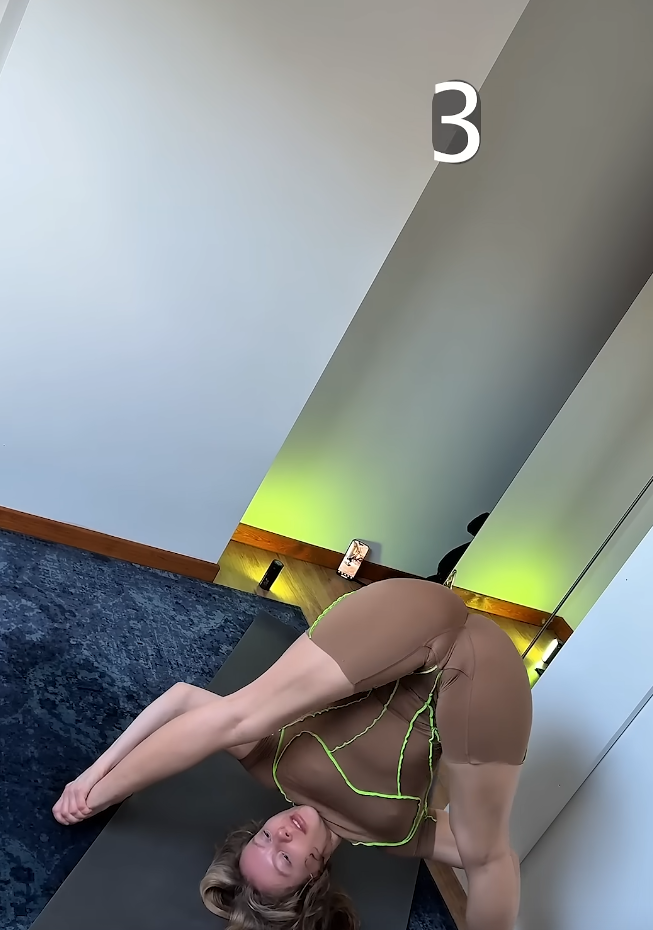
4. Wrist and Finger Stretch
Why it helps: Typing and mouse use can strain your wrists and fingers. These stretches reduce stiffness and help prevent repetitive strain injuries like carpal tunnel syndrome.
How to do it:
- Extend one arm forward with your palm up.
- Use your opposite hand to gently pull your fingers back toward you.
- Hold for 15 seconds, then switch hands.
- Shake out your hands to release tension.
Bonus: Try wrist circles for 10 seconds in each direction afterward.
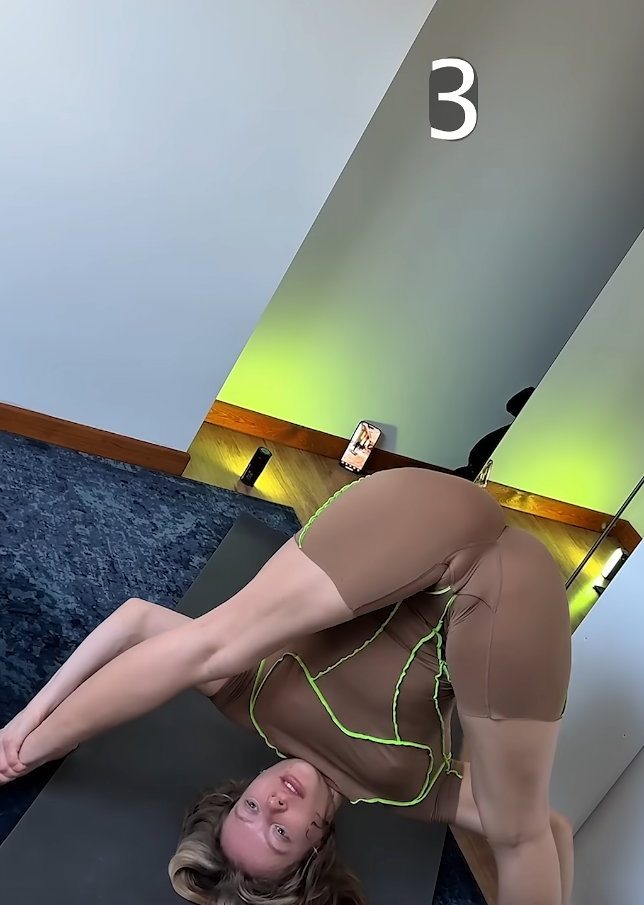
5. Seated Forward Fold
Why it helps: Loosens the lower back, hips, and hamstrings, and also encourages deep breathing.
How to do it:
- Sit toward the front edge of your chair.
- With feet flat on the floor, hinge at your hips and fold forward, letting your torso rest on your thighs.
- Let your arms dangle or reach for your feet.
- Hold for 30 seconds, breathing deeply.
Note: If you’re wearing a skirt or tight pants, modify by resting elbows on your knees and keeping the back flat.
6. Chest Opener
Why it helps: Counteracts the forward-hunch position many people fall into while working at a desk.
How to do it:
- Sit tall and clasp your hands behind your back (or hold opposite elbows if clasping isn’t possible).
- Inhale as you lift your chest and gently pull your hands away from your back.
- Hold for 20–30 seconds.
Alternative: Do this standing to deepen the stretch if space allows.
7. Seated Figure-Four Stretch
Why it helps: Targets tight hips and glutes, which can become stiff from sitting too long.
How to do it:
- Sit with your feet flat on the floor.
- Cross your right ankle over your left knee, forming a “4” shape.
- Gently press down on your right knee and lean forward slightly to deepen the stretch.
- Hold for 30 seconds, then switch sides.
Tip: Keep your spine straight—don’t round your back.
8. Side Stretch
Why it helps: Lengthens the spine and opens up the sides of the body, providing a full-body refresh.
How to do it:
- Raise your right arm overhead.
- Gently lean to the left, keeping your left hand on your chair or hip.
- Feel the stretch from your right hip to fingertips.
- Hold for 20 seconds, then switch sides.
Modify: Keep both sit bones grounded to avoid tipping over.
9. Ankle Circles and Calf Pumps
Why it helps: Improves circulation in your lower legs, which can reduce swelling and prevent stiffness from long periods of sitting.
How to do it:
- While seated, extend one leg and rotate your ankle in slow circles (10 times each direction).
- Then, point and flex your foot to engage your calf muscles.
- Repeat on the other side.
Pro Tip: Do this stretch every hour to promote better blood flow.
10. Breathing Break
Why it helps: This isn’t technically a stretch, but deep breathing helps relax muscles, reduce stress, and re-energize your mind.
How to do it:
- Sit comfortably with your hands on your lap.
- Inhale deeply through your nose for a count of 4.
- Hold for 4 counts.
- Exhale slowly through your mouth for a count of 6.
- Repeat for 5–10 rounds.
Pair it with: Any of the above stretches for even more calming effects.
Final Thoughts
Staying active during your workday doesn’t require big moves or a yoga mat. These simple desk stretches are designed to bring mobility, calm, and comfort back into your body—even on your busiest days. Make it a habit to pause every hour or so, even if just for 2–3 minutes, to stretch and reset.
Remember, consistency is key. Over time, these mini movement breaks will improve your posture, reduce aches, and even enhance your mental clarity. So the next time you feel stiff, sore, or sluggish at your desk, try a few of these stretches and notice the difference.
Happy stretching!
#fitness #yoga #stretching #flexibility
Would you like this turned into a printable PDF, or formatted for a blog post with images or illustrations?
